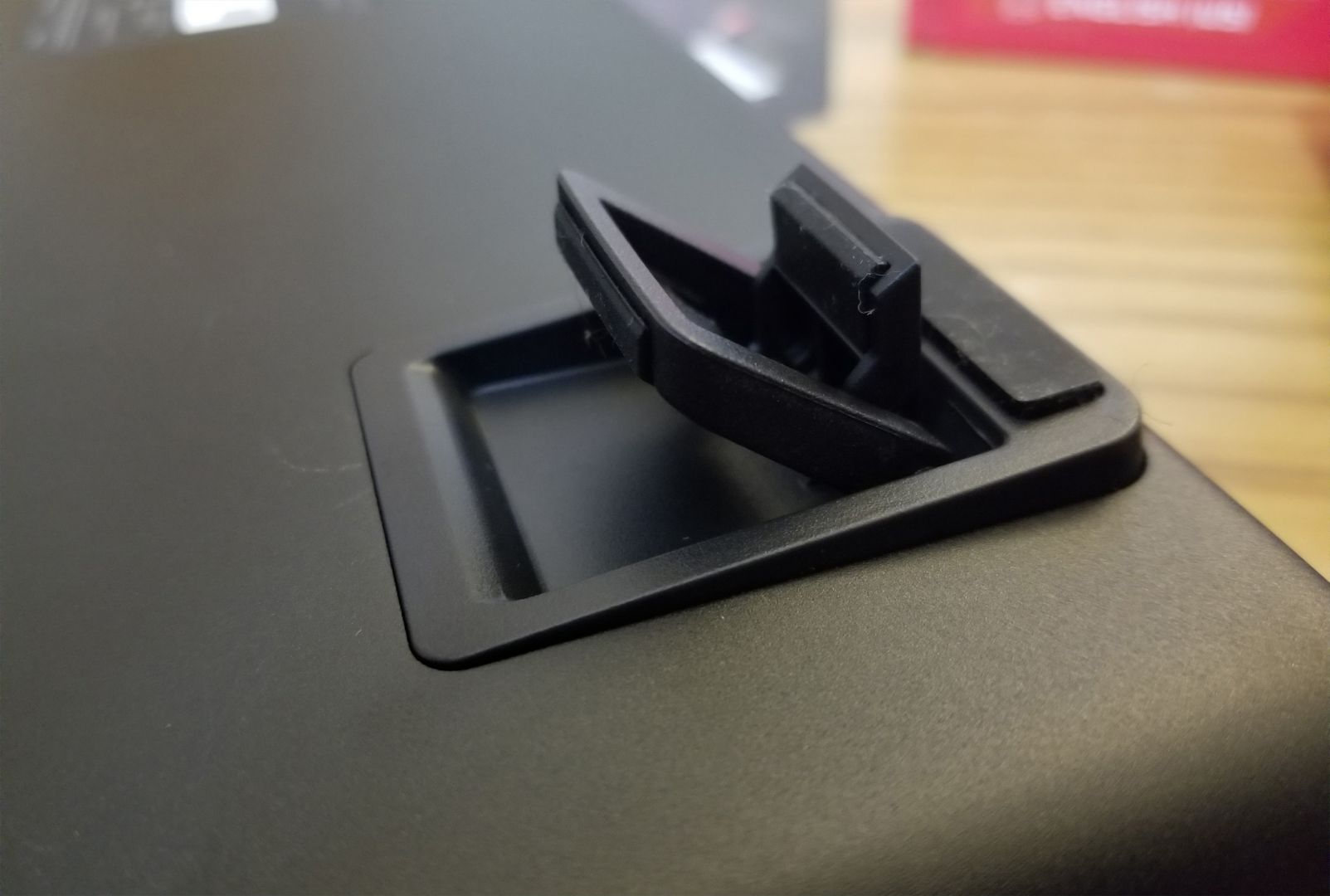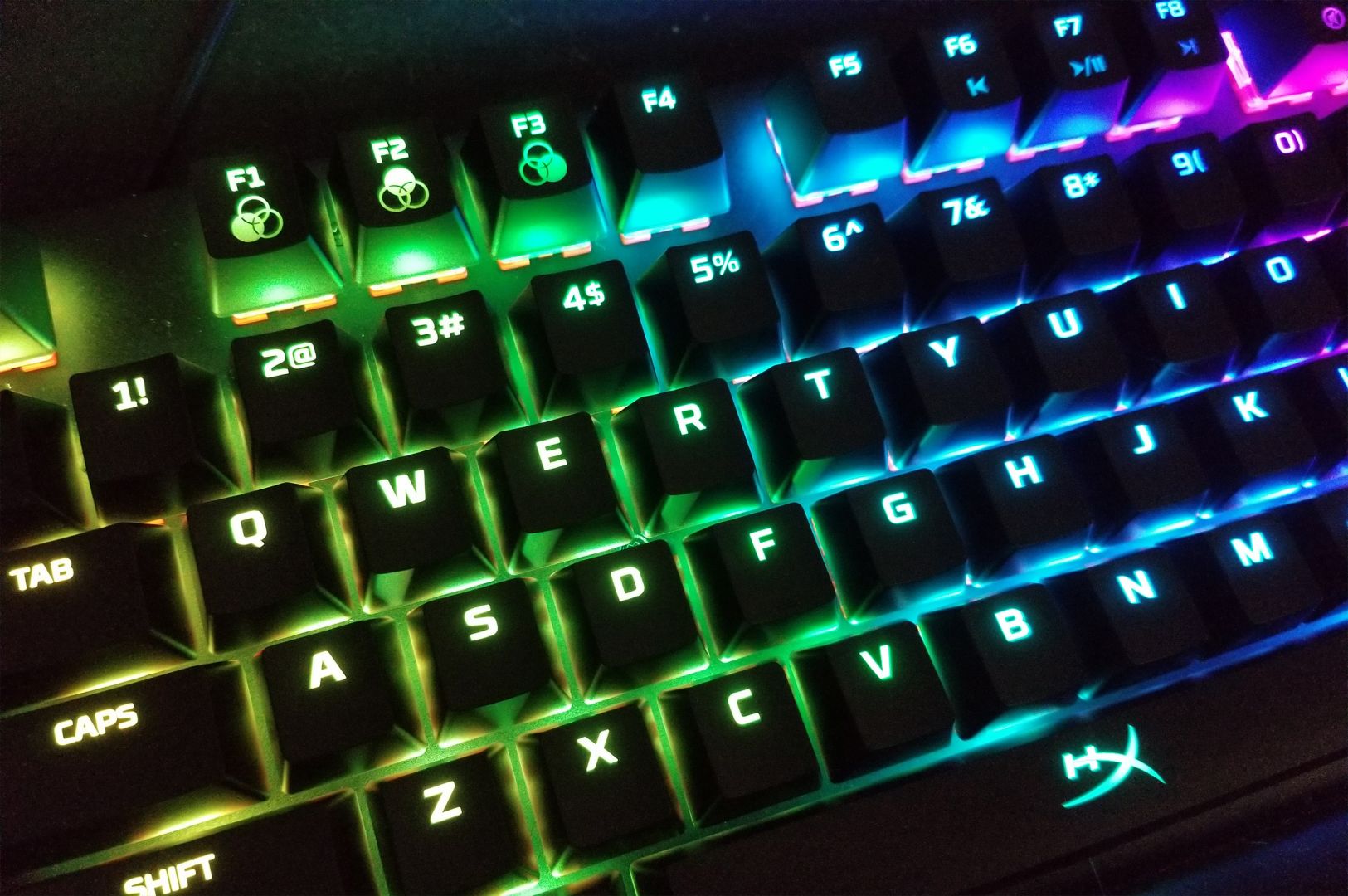If you’ve read some of my other peripheral reviews, you might know that I’m a big fan of the HyperX Alloy series of keyboards. The original Alloy FPS (reviewed three years ago in October of 2016) made me believe that mechanical keyboards weren’t all just hype. Since then, I’ve reviewed the Alloy FPS Pro, the Alloy Elite, and the Alloy FPS RGB. Each of these have used the Alloy FPS framework as a base template, offering small tweaks such as additional lighting effects, a tenkeyless option, and different types of switches. The Alloy Origins continues this trend with the main variants this time being the switch type and the most extensive lighting options yet.

As with all Alloy keyboards, the Alloy Origins has a fairly compact aluminium frame with a detachable braided USB cable. Unlike some of the other Alloys, there is no USB port located on the back of the keyboard, which means that the USB connection is a single (as opposed to double) USB plug into the back of the PC. Adding to the customizability options, the Origins offers three keyboard tilt angles: 3 degrees (no legs extended), 7 degrees (short legs extended), and 11 degrees (long legs extended). The star physical difference, however, is the switches.
Whereas previous Alloys used Cherry MX or Kailh switches, the Alloy Origins is the first HyperX keyboard to use in-house HyperX mechanical switches, which have been two years in the making. While the back of the box advertises Red/Linear, Aqua/Tactile, and Blue/Clicky switches (which I assume roughly correlate to Cherry Reds, Browns, and Blues), my copy came with HyperX Reds and I’ve only seen this version advertised for sale. I would guess that like other Alloy keyboards, the Alloy Origins will be available with HyperX Teals and HyperX Blues at a later date.

To get into the nitty gritty of the switches, HyperX Reds have a 45g actuation force, a 1.8mm key travel distance, a total travel distance of 3.8mm, and are rated for 80 million keypresses without loss of quality. For comparison, Cherry MX Reds have a 45g actuation force, a 2mm actuation point, a total travel distance of 4mm, and a rated lifespan of 50 million keystrokes per key. While I won’t claim I specifically notice that 0.2mm distance, I will say that the HyperX Reds feel crisp and snappy in their responsiveness and typing feels as smooth as butter.
